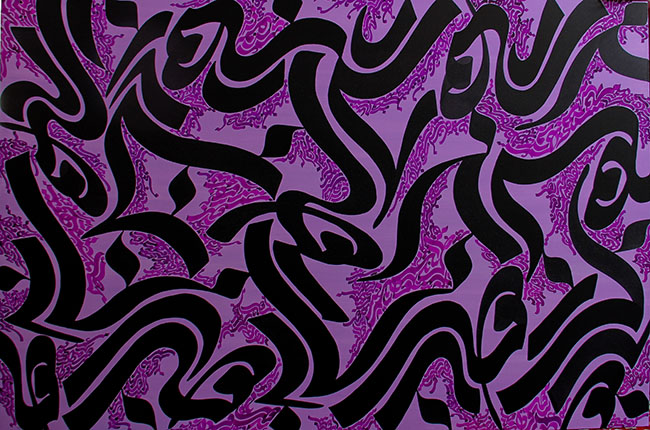[ad_1]

Credit
Jeff Green
LOS ANGELES — Soon after Michael Govan took his job as the director of the Los Angeles County Museum of Art in 2006, he began talking about acquiring “a major work of architecture” for the museum to oversee, preserve and open up to visitors. Now, almost 10 years into his job, he has managed to make his first acquisition: The Sheats-Goldstein residence, an angular glass-walled home designed by John Lautner that comes complete with a nightclub, tennis court and a “skyspace” installation by the artist James Turrell in its backyard.
The donation, a promised gift, comes from James Goldstein, a real-estate investor known for his snakeskin hats, rock-couture look, and passion for the Lakers and Clippers. Mr. Goldstein has agreed to donate the four-acre property to the museum upon his death, along with a $17 million endowment for maintenance.
Some architecture critics might say that Lautner’s Chemosphere, or “flying saucer” house, owned by the publisher Benedikt Taschen, is the more radical or meaningful symbol of Los Angeles. But Mr. Govan praised the Sheats-Goldstein residence as “super sexy” — “a prototype or archetype of the house with the open view,” designed to maximize the drama of living in a cliffside home.
Originally built for Helen and Paul Sheats in 1963, the house was modified significantly by Mr. Goldstein in collaboration with the architect before his death in 1994. One unusual and dizzying feature: glass-plate walls in the bedroom retract at the push of a button, so that this corner of the room becomes truly open-air, jutting out over the cliff. The skyspace by Mr. Turrell, one of the first to use colored lights, was also a Goldstein addition, completed in 2004.
Mr. Goldstein has previously opened the house to film shoots, fashion shoots, a popular tennis tournament that benefits the MAK Center for Art and Architecture and various art parties. Once the museum officially begins its role as the caretaker of the house, the plan is “to make it regularly accessible to the public, also for scholars who want to visit,” said Mr. Govan, noting that “so much of L.A.’s cultural patrimony is tucked away on private land.”

Credit
Jeff Green
[ad_2]
Source link





